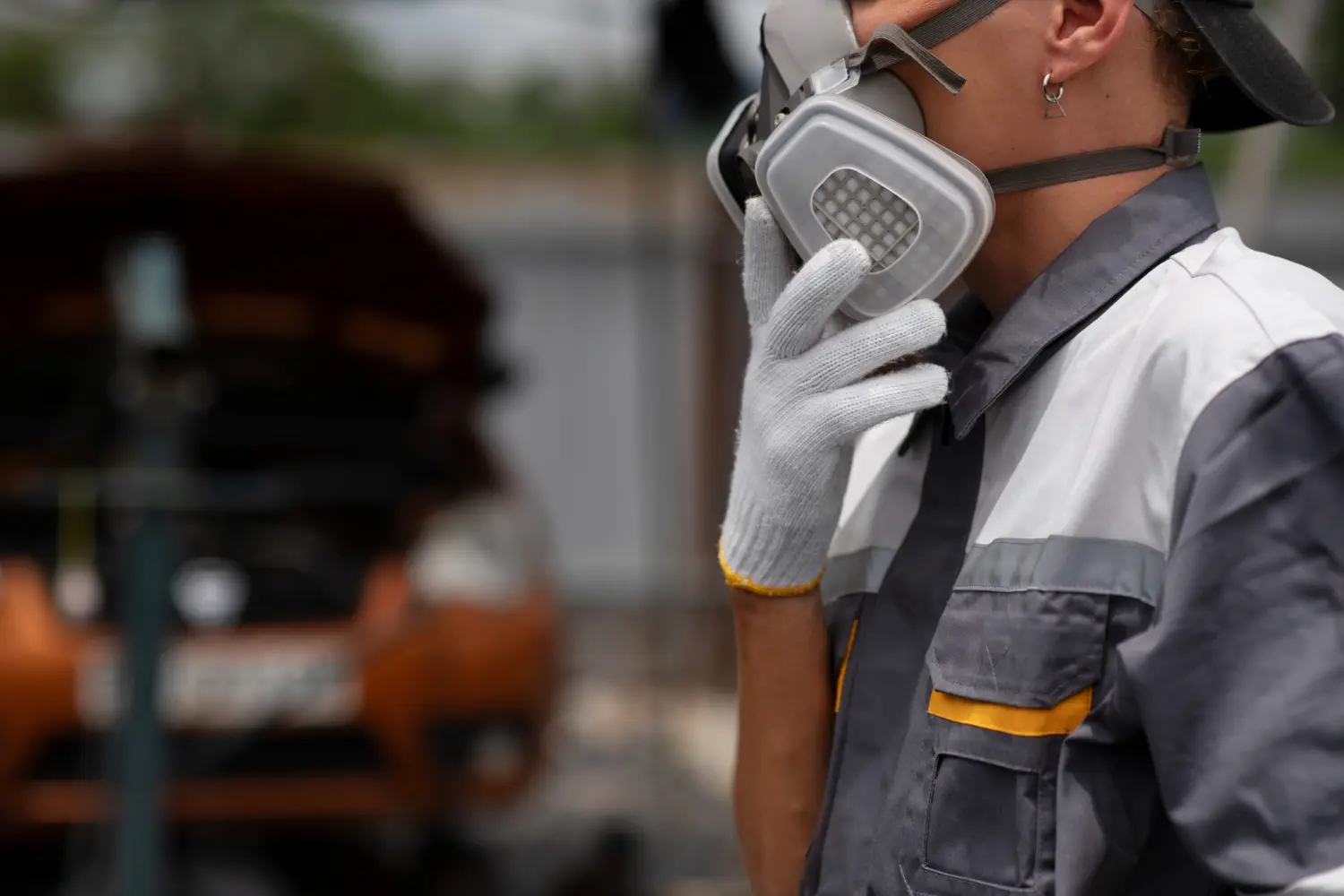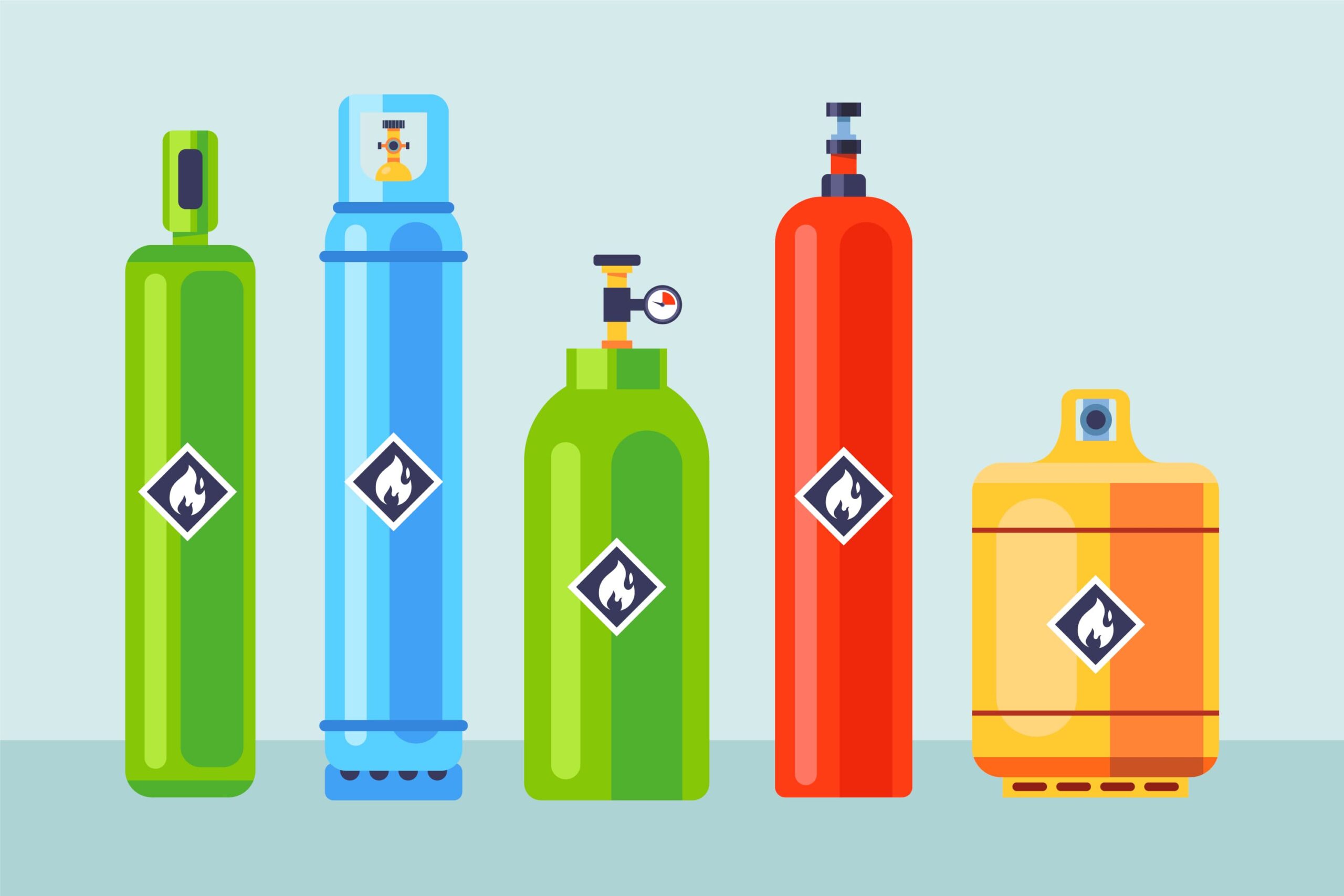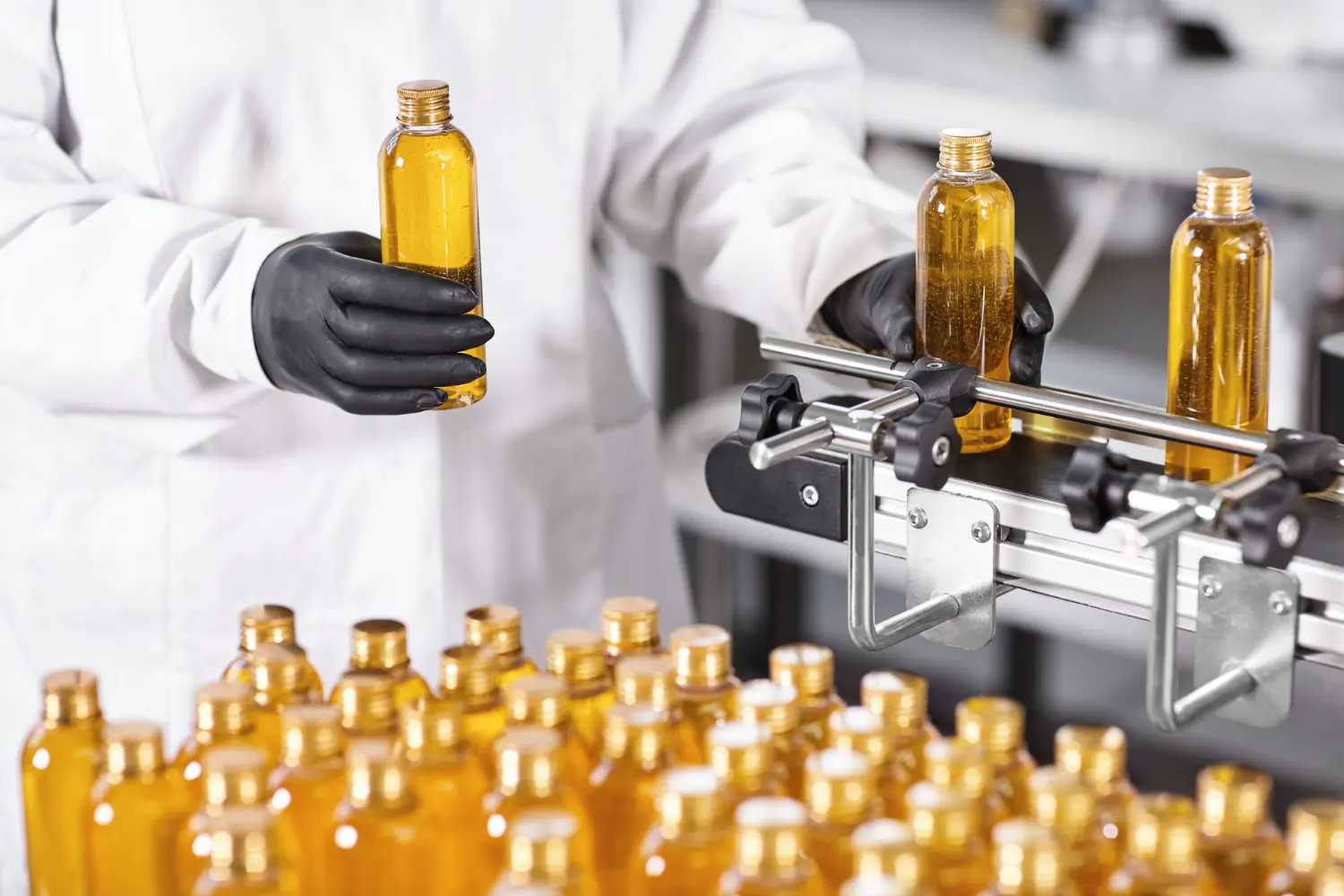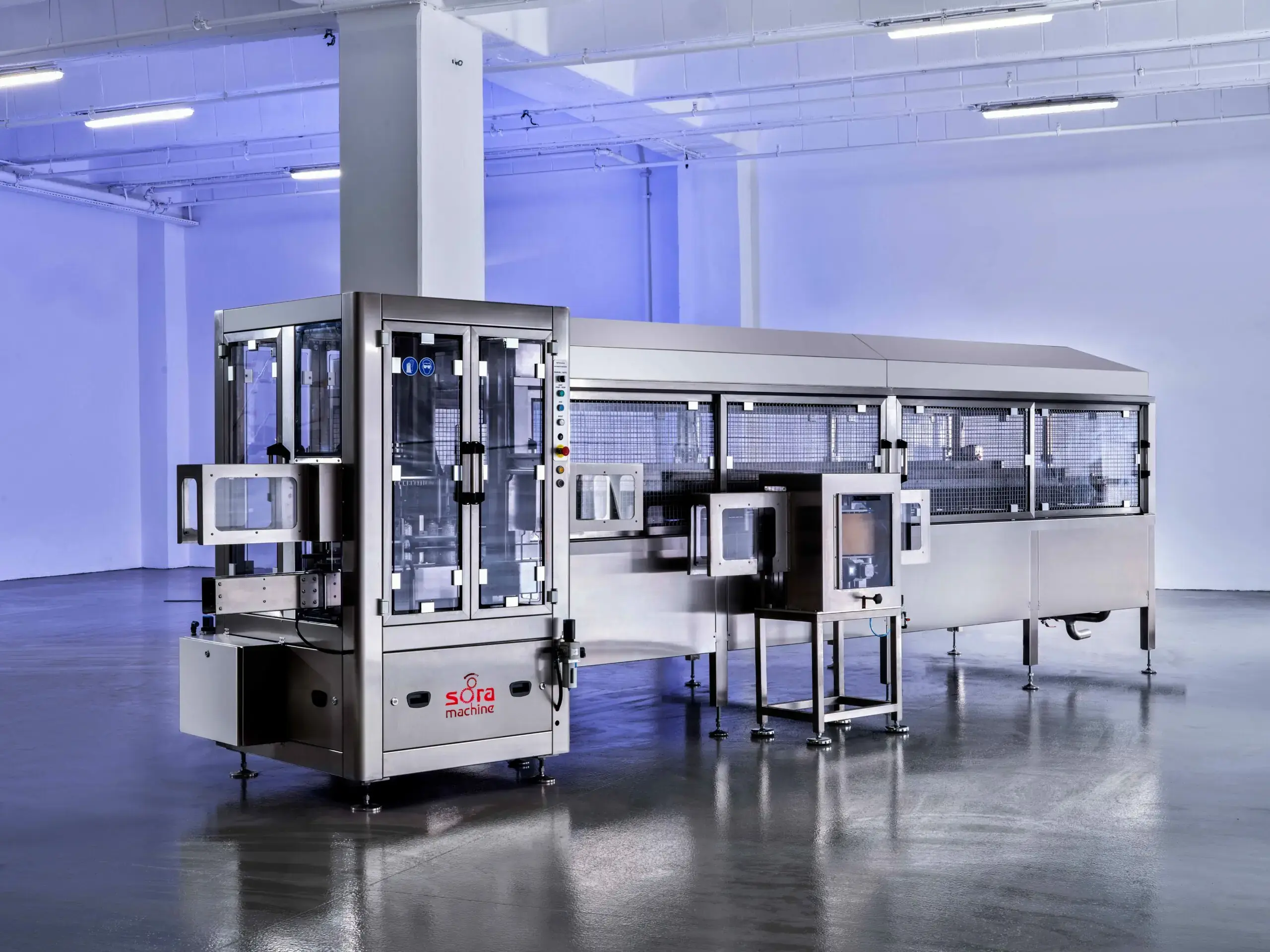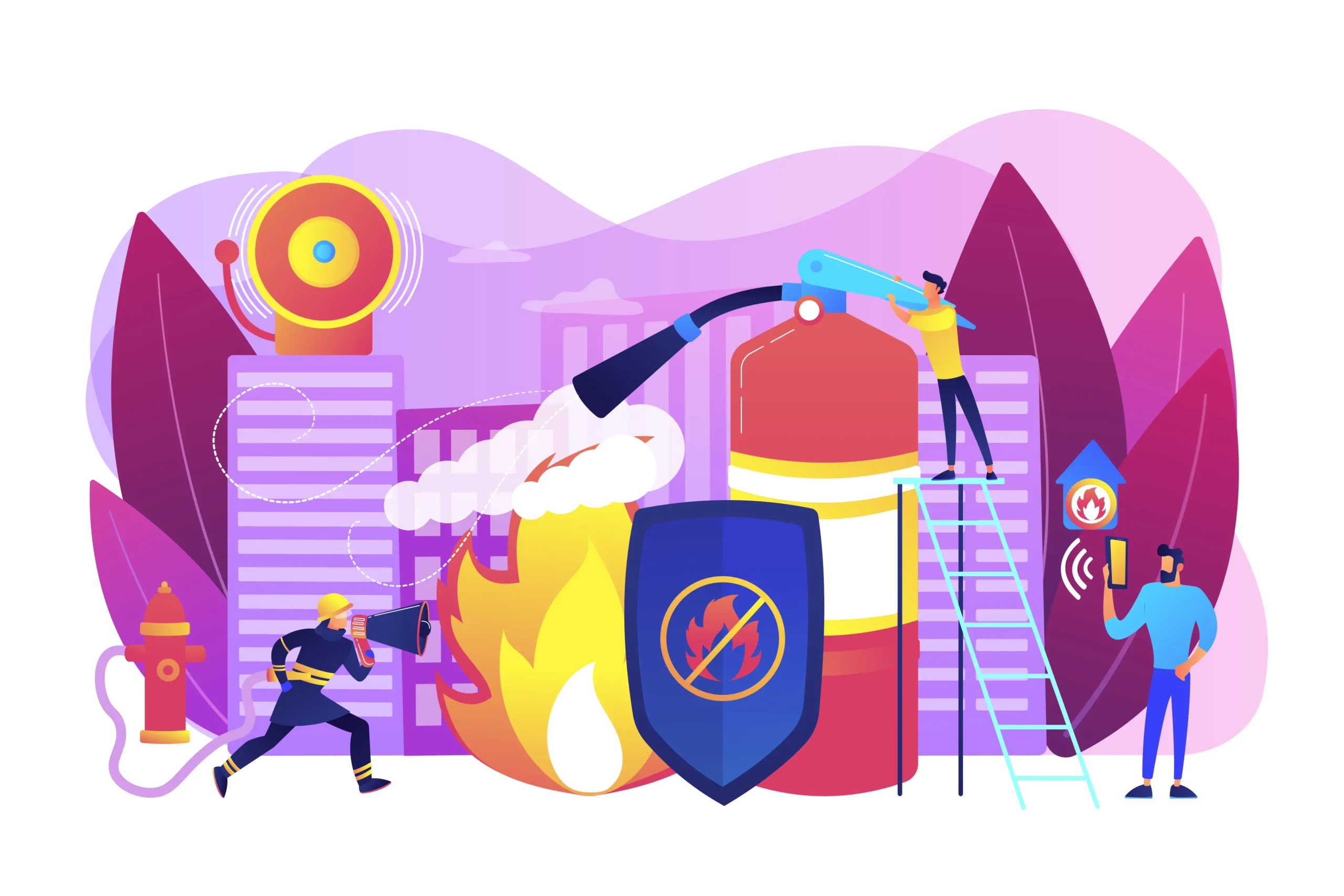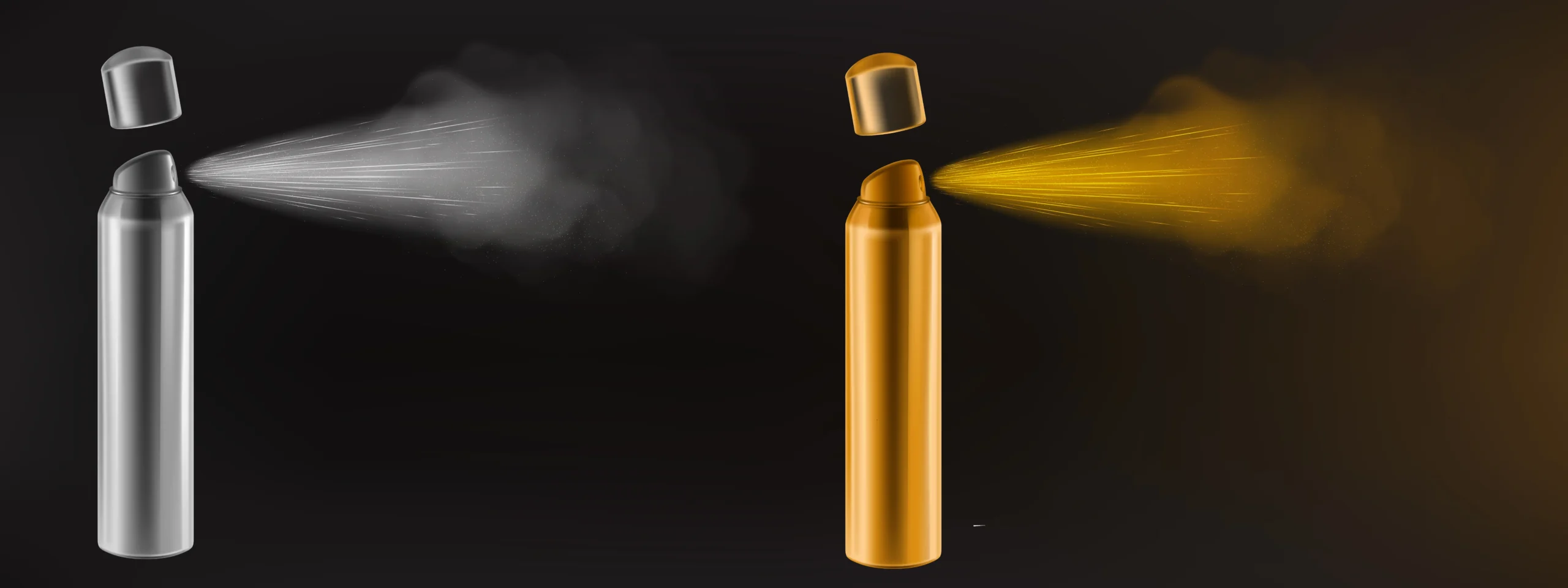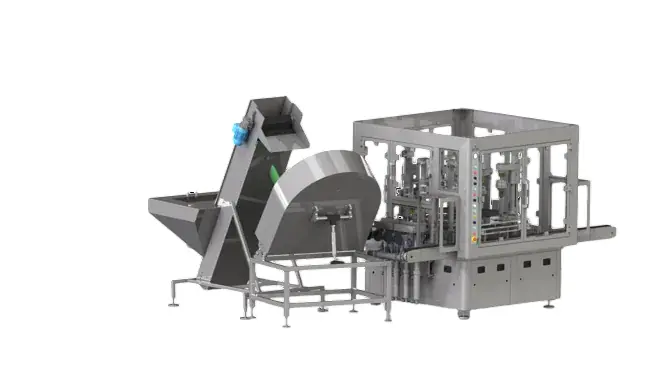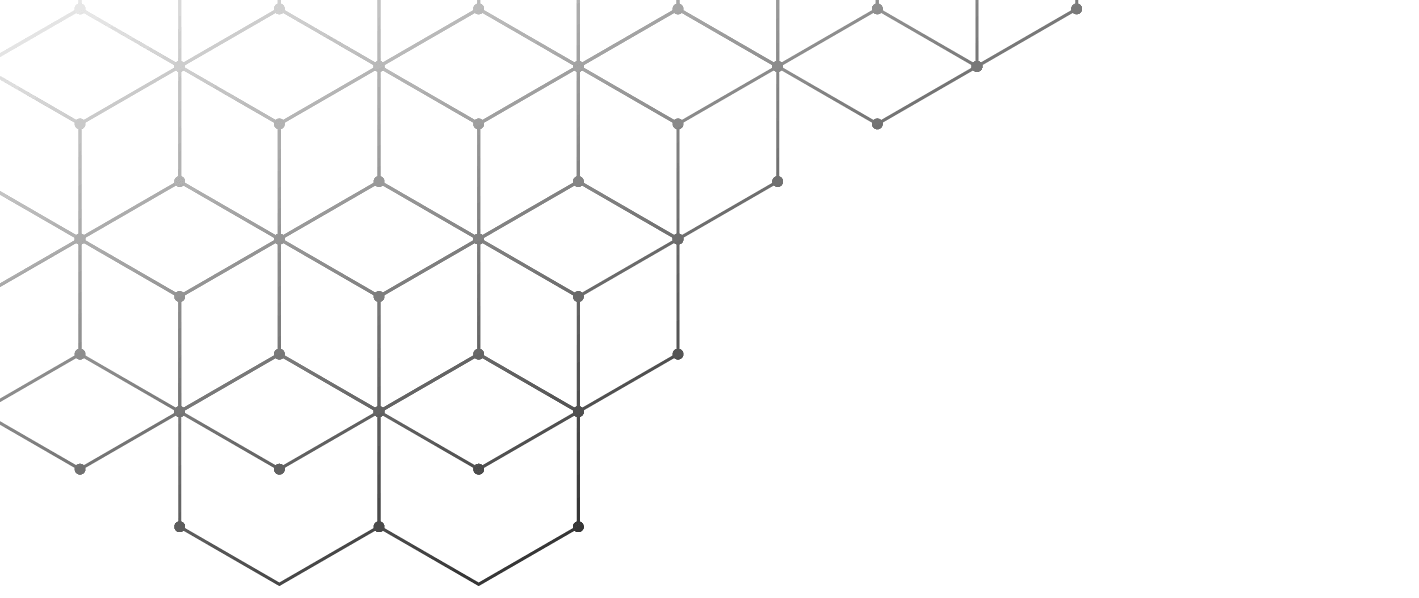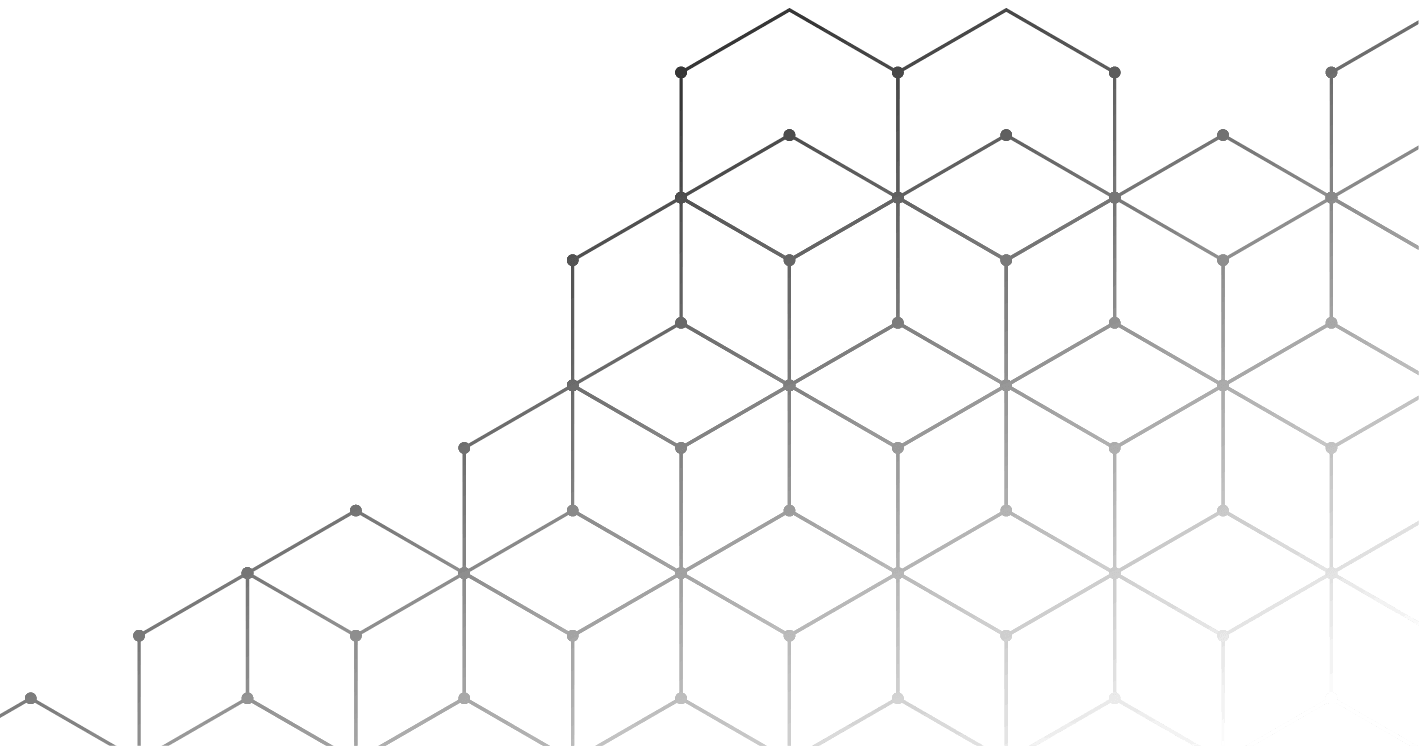Managing the Invisible Hazard: In locations that pose a risk of an explosive atmosphere due to flammable gases, vapors, mists, or dusts, compliance with ATEX Directives is not just a legal obligation but a vital safety responsibility. This systematic approach aims to prevent major industrial accidents and ensure the safety of employees.
This comprehensive guide examines what ATEX means, the legal directives it is based upon, the classification of hazardous areas (Zoning), and the critical criteria for selecting Ex-proof equipment, based on the provided resources.
What is ATEX? Legal Framework and the Two Core Directives
The name ATEX comes from the French phrase “ATmosphères EXplosibles,” meaning “Explosive Atmospheres.” While initially applied as a voluntary standard, ATEX became a compulsory agreement across all European Union and candidate countries starting from July 1, 2003.
ATEX covers two main European Union directives:
ATEX 2014/34/EU (The Equipment Directive)
This regulation is known as the “Regulation on Equipment and Protective Systems Intended for Use in Potentially Explosive Atmospheres.” Its current designation is 2014/34/EU.
- Purpose and Scope: This directive sets the essential health and safety requirements necessary for the safe placing on the market of equipment, protective systems, and components intended for use in explosive atmospheres.
- Mandatory Requirement: Products under this directive must bear the CE mark and the Ex-proof (Ex) mark within a hexagon.
- Chemical Scope: Businesses that store, manufacture, or fill flammable chemicals are within the scope of ATEX. For liquid chemicals, flammable liquids whose Flash Point is below the ambient temperature are considered because they can generate vapor. For example, the flash point of 100% methanol is 12 °C, whereas the flash point of Diesel fuel is greater than 55 °C.
- Dust Scope: For the risk of dust explosions, combustible dusts with particle sizes below 500 microns (µ) (e.g., Milk powder 450 µm, Aluminum dust 300 µm) are included in the scope. Although wood dust is combustible, it remains outside the scope because its particle size is greater than 500 µm. Carbonate, which is non-combustible, is also outside the scope.
ATEX 99/92/EC (The Social Directive)
This regulation is the “Directive on Minimum Requirements for Improving the Safety and Health Protection of Workers Potentially at Risk from Explosive Atmospheres” and is also known as ATEX 153.
- DSEAR Obligation: Employers are obligated to prepare an Explosion Protection Document (EPD), also known in the UK as the Dangerous Substances and Explosive Atmospheres Regulations (DSEAR), as required by this directive.
ATEX Area Classification (Zoning)
The classification of explosive atmospheres (Zoning) is based on the frequency and duration of the atmosphere’s occurrence. Zone 0, 1, 2 are used for gases, and Zone 20, 21, 22 are used for dusts.
Zoning Classification for Gases, Vapors, and Mists (G)
| Zone | Description (Frequency of Occurrence) | Category Equivalent | EPL Equivalent |
|---|---|---|---|
| Zone 0 | The most dangerous area where an ignitable atmosphere is continuously, long-term, or frequently present. | Category 1 | Ga |
| Zone 1 | An area where an ignitable atmosphere is likely to occur under normal operation. | Category 2 | Gb |
| Zone 2 | An area where the occurrence of an ignitable atmosphere is unlikely, and if it does occur, it persists for only a short period. | Category 3 | Gc |
Dust Zones (Zone 20, 21, 22) correspond to equivalent hazard classes as Zone 0, 1, 2, and their EPLs (Equipment Protection Levels) are Da, Db, Dc, respectively.
What are the ATEX Classifications? (Equipment Categories)
Equipment (apparatus) is divided into Group I (Mines) and Group II (Surface Industry) based on the environment in which they will be used.
Equipment Groups and Categories
- Group I: Used for underground mining.
- Category M1 (Ma): Continuous safe operation is ensured even in a firedamp environment, and the power supply is not required to be cut off.
- Category M2 (Mb): The power supply must be cut off when an explosive atmosphere occurs.
- Group II: Used for all surface industries outside of mining. Categories 1, 2, and 3 are matched with the Zones.
Ex-proof Label Coding and Temperature Classes
A typical Ex-proof label (Example: Ex II 2G Ex db IIC T4 Gb) is a code that shows the conditions under which the equipment can be safely used.
- Equipment Group (II): Surface industry.
- Category and Environment Type (2G): Category 2, Gas environment.
- Protection Type (Ex db): Flameproof Enclosure protection.
- Gas Group (IIC): Indicates the most dangerous gases like Hydrogen and Acetylene. A device certified for IIC can also be used in the less hazardous IIB and IIA groups.
- Temperature Class (T4): Specifies the maximum surface temperature the equipment can reach.
Temperature Class (T Classes)
The surface temperature of the equipment must be lower than the ignition temperature of the gas in the environment.
| Temperature Class | Maximum Outer Surface Temperature (°C) | Reference Range |
|---|---|---|
| T1 | 450 °C | >450 °C |
| T2 | 300 °C | >300 °C <450 °C |
| T3 | 200 °C | >200 °C <300 °C |
| T4 | 135 °C | >135 °C <200 °C |
| T5 | 100 °C | >100 °C <135 °C |
| T6 | 85 °C | >85 °C <100 °C |
T4 Class Detail: The outer surface temperature of a T4-classified equipment will never exceed 135 °C under the worst-case conditions.
Application and Service Areas (B2B Solutions)
ATEX is a complex field requiring technical expertise. It is important for businesses to seek professional support to meet their legal obligations and maintain continuous compliance.
- Competence and Certification: The Turkish Standards Institution (TSE) offers conformity assessment services under the ATEX Directive. Electrical equipment must have a certificate obtained from a Notified Body.
- Training: Personnel competence is essential for the sustainability of the safety culture. Personnel training must cover Management of Change (MoC) Training and Ex-proof equipment inspection and maintenance training.
- Types of Protection: Different types of protection must be correctly applied. For instance, in Ex d (Flameproof Enclosure) type protection, the flame of an internal explosion must not propagate outside. Ex e (Increased Safety) type protection is applied to provide a higher level of safety for electrical devices that do not produce arcs or sparks during normal service.
